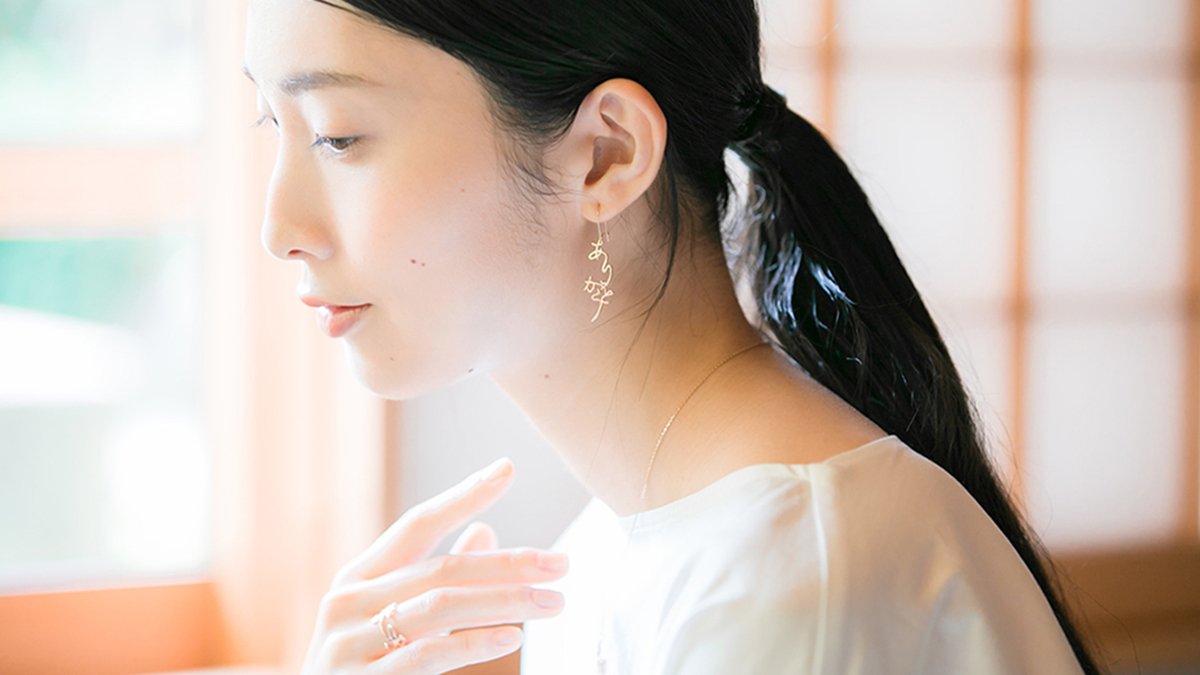free
Description

I have beautiful "kana" and "kanji" around me, so I wanted to use them more and send them to the world.
Especially, "Hiragana" has a very beautiful shape and is a fascinating culture unique to Japan.
I devised "Hiragana accessories" with the desire to make it easy to wear as fashion so that you can actually pick it up while making the most of the original beauty of Japanese.
Please enjoy the beauty of the curve of the Japanese character "Hiragana".
Information
| Manufacturer | SAORI KUNIHIRO |
|---|---|
| Country of origin | Kyoto, Japan |
| Technique | Metal Casting |
| Material | K10 |
| Size | Chain: 17.71", With adjusters(2.6、チェーン:45、アジャスター付きcm) |
| Weight | 0.01 lbs(5g) |
| Capacity | 0 oz(ml) |
| Electronic Equipment | |
| Note | |
| Delivery Time | 1-2 weeks (if out of stock + 1-2 months) |
Brand history and characteristics
How Japanese Products Can Be Such High Quality
Payment & Security
Your payment information is processed securely. We do not store credit card details nor have access to your credit card information.
![[NECKLACE] KOKORO (HEART) GOLD (K10) | SAORI KUNIHIRO | METAL CASTING](http://en.thebecos.com/cdn/shop/products/kokoronekuures01_703a37de-67b6-4eeb-b2aa-d12bd9b4a946_{width}x.jpg?v=1602580172)
![[NECKLACE] KOKORO (HEART) GOLD (K10) | SAORI KUNIHIRO | METAL CASTING](http://en.thebecos.com/cdn/shop/products/kokoroenekutei220_4eeb4216-0602-4afa-be5a-9b142f51a845_{width}x.jpg?v=1602580176)
![[NECKLACE] KOKORO (HEART) GOLD (K10) | SAORI KUNIHIRO | METAL CASTING](http://en.thebecos.com/cdn/shop/products/kokoronekuures01_703a37de-67b6-4eeb-b2aa-d12bd9b4a946_130x.jpg?v=1602580172)
![[NECKLACE] KOKORO (HEART) GOLD (K10) | SAORI KUNIHIRO | METAL CASTING](http://en.thebecos.com/cdn/shop/products/kokoroenekutei220_4eeb4216-0602-4afa-be5a-9b142f51a845_130x.jpg?v=1602580176)

